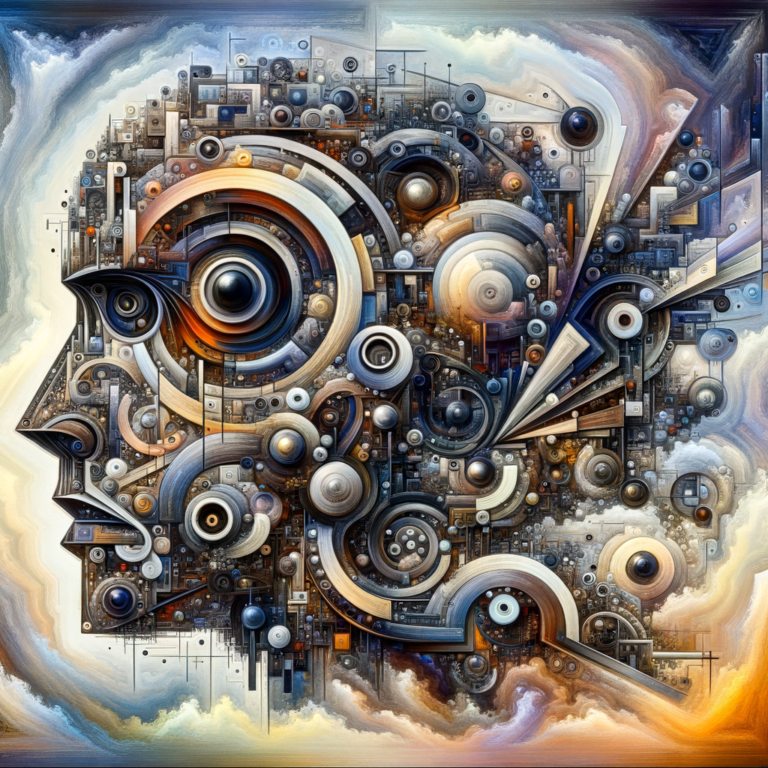Table of Contents
The Basics of Demand-Side Economics
Imagine you walk into a bakery, and you see a delicious display of freshly baked bread. The aroma fills the air, making your mouth water. You decide to buy a loaf because you're hungry and the bread looks irresistible. This simple act of purchasing bread is a prime example of demand in action.
Demand-side economics is a school of thought that emphasizes the importance of consumer demand in driving economic growth. In traditional economic theory, the focus is often on the supply side – the production of goods and services. However, demand-side economics argues that stimulating consumer demand is crucial for a healthy economy.
- Key Concepts of Demand-Side Economics:
- Consumer Spending: When consumers have the purchasing power to buy goods and services, it drives economic activity.
- Government Intervention: Governments can play a role in boosting demand through policies like fiscal stimulus and social programs.
- Income Distribution: A more equal distribution of income can lead to increased consumer spending and overall economic growth.
Let's break down these concepts further to understand how demand-side economics works in practice.
The Role of Consumer Spending
Consumer spending is a major driver of economic growth. When consumers feel confident about their financial situation, they are more likely to spend money on goods and services. This, in turn, creates demand for products, leading businesses to produce more and hire more workers to meet that demand.
In Canada, consumer spending accounts for over 50% of the country's GDP. This means that the health of the economy is closely tied to how much Canadians are willing to spend. During times of economic uncertainty, such as the recent global pandemic, consumer spending can drop significantly, leading to a slowdown in economic activity.
For example, during the 2008 financial crisis, consumer spending in the United States plummeted as people lost their jobs and homes. This decrease in demand had a ripple effect on businesses, causing many to close down or lay off workers. The government had to step in with stimulus packages to boost consumer spending and jumpstart the economy.
- Statistics:
- In 2020, Canadian consumer spending decreased by 7.1% due to the impact of the COVID-19 pandemic.
- During the Great Depression in the 1930s, consumer spending in the US dropped by 25%, leading to a severe economic downturn.
By understanding the importance of consumer spending, policymakers can implement strategies to support households and encourage spending, ultimately fueling economic growth.
Government Intervention and Fiscal Policy
One of the key tools in demand-side economics is government intervention through fiscal policy. Fiscal policy refers to the government's use of taxation and spending to influence the economy. During times of economic downturn, governments can implement expansionary fiscal policies to boost demand and stimulate growth.
In Canada, the government has used fiscal stimulus measures like infrastructure spending and tax cuts to support the economy during recessions. These policies aim to increase consumer spending, create jobs, and spur investment in key sectors.
For example, during the COVID-19 pandemic, the Canadian government introduced the Canada Emergency Response Benefit (CERB) to provide financial support to individuals who lost their jobs. This injection of funds helped maintain consumer spending levels and prevent a deeper economic crisis.
- Statistics:
- In 2020, the Canadian government allocated over $200 billion in COVID-19 relief measures, including direct payments to individuals and businesses.
- During the Great Recession of 2008, the US government implemented a $831 billion stimulus package to boost demand and stabilize the economy.
By using fiscal policy to support demand, governments can mitigate the impact of economic downturns and pave the way for recovery.
Understanding demand-side economics is essential for navigating the complexities of modern economies. By recognizing the power of consumer spending and the role of government intervention, individuals can make informed decisions that contribute to economic progress.
Practical Exercise: Take a look at your own spending habits and consider how they impact the economy. Are there areas where you can increase your consumption to support businesses in your community?
I'll conclude by adding that I'm doing my best to clarify and simplify these topics. But remember that these little essays are only the beginning, and I encourage you to continue reading, learning, and exploring. To assist you, here are a few books about economics that will prepare you for your journey into the world of finance:







